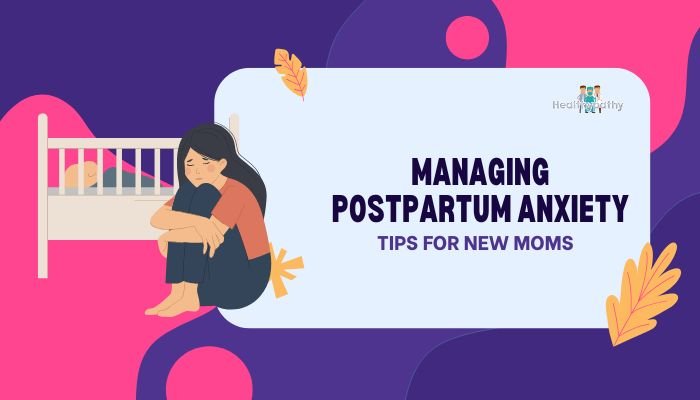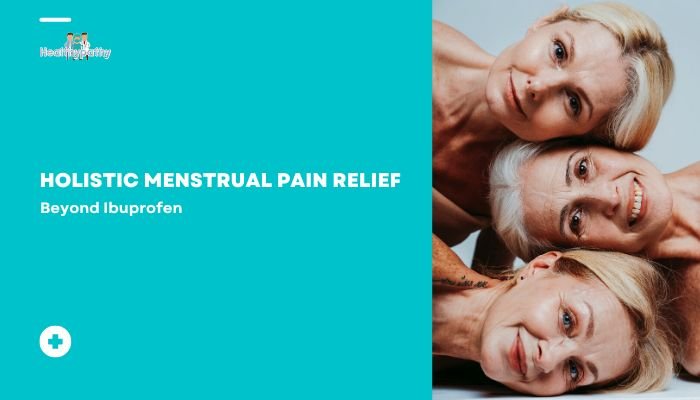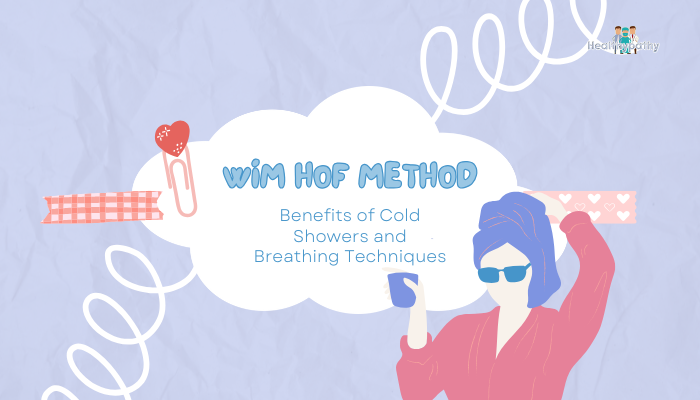Introduction
When it comes to reproductive health, Polycystic Ovary Syndrome (PCOS) and ovarian cysts are often mentioned together—leading many to believe they’re the same. While both involve the ovaries, they differ significantly in cause, how they appear on imaging, and the way they affect menstrual cycles and overall health. Understanding their differences is essential for proper diagnosis and treatment. This guide explains how PCOS and ovarian cysts form, what symptoms to watch for, and the distinct ways each condition is managed.
What Is PCOS?
Defining PCOS
Polycystic Ovary Syndrome is a hormonal imbalance that affects how the ovaries function. Despite the name, not all women with PCOS have detectable ovarian “cysts” on ultrasound. Instead, the main features are:
- Irregular Ovulation: Which may lead to missed or infrequent periods.
- High Androgen Levels: Can cause acne, excessive hair growth (hirsutism), or scalp hair thinning.
- Polycystic Ovaries on Ultrasound: Multiple small follicles (often described as “string of pearls”), although not mandatory for diagnosis.
Causes and Risk Factors
Though the exact cause isn’t fully understood, contributing factors include:
- Genetics: PCOS often runs in families.
- Insulin Resistance: Elevated insulin can boost androgen production, exacerbating symptoms.
- Lifestyle and Weight: Excess weight or obesity may worsen insulin resistance, intensifying PCOS manifestations.
Signs and Symptoms of PCOS
- Irregular or Absent Periods: Chronic anovulation.
- Excess Androgen Symptoms: Unwanted facial/body hair, acne.
- Difficulty Conceiving: Irregular ovulation can hinder pregnancy efforts.
- Possible Weight Gain: Linked to insulin resistance.
- Thinning Scalp Hair: Androgenic alopecia in some cases.
Health Implications
Women with PCOS face higher risks of:
- Type 2 Diabetes due to insulin resistance.
- Elevated Cholesterol and Cardiovascular Issues.
- Endometrial Hyperplasia/Cancer if periods are extremely irregular or absent, leading to unopposed estrogen on the uterine lining.
What Are Ovarian Cysts?
Understanding Ovarian Cysts
An ovarian cyst is a fluid-filled sac that develops within or on the surface of an ovary. Many are functional cysts—formed during normal ovulation—and often resolve spontaneously. Others might be pathological, such as dermoid cysts or cystadenomas.
Common Types of Ovarian Cysts
- Functional Cysts:
- Follicular Cysts: A follicle grows larger than normal and doesn’t release its egg on time.
- Corpus Luteum Cysts: After egg release, the corpus luteum may accumulate fluid instead of regressing normally.
- Dermoid Cysts (Teratomas): Contain various tissues (hair, fat, etc.). Usually benign but can enlarge.
- Endometriomas: Related to endometriosis; tissue from the uterine lining grows on the ovary, forming “chocolate cysts” filled with old blood.
Symptoms and Complications
Most cysts are small and asymptomatic. Larger or persistent cysts can cause:
- Pelvic Pain or Pressure
- Bloating or Fullness
- Pain during Intercourse
- Rupture or Torsion (less common but a medical emergency if the ovary twists on its ligament)
Diagnosis and Treatment
- Ultrasound typically confirms cyst presence and type.
- Expectant Management: Many functional cysts resolve on their own within 2–3 cycles.
- Medication: Birth control pills can prevent new functional cyst formation.
- Surgery: Required if cysts are large, painful, or suspected malignant.
Key Differences Between PCOS and Ovarian Cysts
- Underlying Mechanism:
- PCOS: A hormonal disorder affecting ovulation, insulin, and androgen levels—cysts in the ovaries are actually immature follicles, not always fluid-filled.
- Ovarian Cysts: Actual fluid-filled sacs forming on or in the ovary, often from normal or abnormal ovulation processes.
- Hormonal Role:
- PCOS: Involves multiple hormone imbalances (androgens, insulin) that drive systemic symptoms like irregular periods, hirsutism, and metabolic changes.
- Ovarian Cysts: Usually local phenomena; hormones can be involved, but the condition often remains localized unless it’s driven by an overarching condition like endometriosis.
- Typical Presentation:
- PCOS: Irregular periods, fertility difficulties, androgen-excess signs (acne, hair growth).
- Cysts: May be silent or cause localized pelvic pain, fullness, or acute pain if rupture or torsion occurs.
- Long-Term Risks:
- PCOS: Elevated risk for diabetes, heart disease, endometrial issues.
- Ovarian Cysts: Potential complications from rupture or torsion; rarely malignant, but larger or complex cysts might suggest risk.
Overlapping Concerns
Confusing Terms
The name “polycystic ovaries” can lead to the misunderstanding that “PCOS = multiple ovarian cysts.” In PCOS, the numerous follicles seen on ultrasound differ functionally from the fluid-filled cysts typical of other ovarian conditions.
Similar Symptoms
Both can feature pelvic discomfort or irregular periods. Distinguishing them often requires an ultrasound and a hormone profile to see if there’s an underlying endocrine disorder or a structural cyst alone.
Diagnosis and Treatment Approaches
PCOS Management
- Lifestyle Modifications: Weight management, regular exercise, balanced diet to improve insulin sensitivity.
- Hormonal Therapies: Combined oral contraceptives to regulate cycles; anti-androgen meds for hirsutism.
- Fertility Treatments: Ovulation induction (clomiphene, letrozole) or IVF if pregnancy is desired.
Ovarian Cyst Treatment
- Observation: Functional cysts often resolve spontaneously.
- Medical Therapy: Oral contraceptives might reduce new functional cyst formation.
- Surgery: Cyst removal if large, persistent, or symptomatic. Laparoscopy or laparotomy, depending on complexity.
When to Seek Medical Advice
- Severe Pain or acute pelvic discomfort with fever, vomiting, or fainting might signal a cyst rupture or torsion—urgent evaluation needed.
- Significant Menstrual Irregularities, persistent acne, or abnormal hair growth can point to PCOS or other endocrine disorders.
- Difficulty Conceiving for a year (or six months if 35+) without a known cause suggests an evaluation for PCOS, cysts, or other conditions.
Conclusion
Although both PCOS and ovarian cysts impact the ovaries, they arise from different mechanisms and present distinct sets of challenges. PCOS is primarily a hormonal and metabolic condition, while ovarian cysts revolve around abnormal sac formation—often without systemic hormone imbalances. Understanding the difference is vital for targeted treatment, be it adopting lifestyle adjustments and hormone management for PCOS or watchful waiting and possible surgery for symptomatic cysts. If you notice unusual symptoms—be they irregular cycles, sudden pelvic pain, or fertility difficulties—consult a healthcare provider to clarify the cause and create an appropriate plan.
References
- American College of Obstetricians and Gynecologists (ACOG). Distinguishing Polycystic Ovary Syndrome from Ovarian Cysts. 2020.
- Rotterdam ESHRE/ASRM-Sponsored PCOS Consensus Workshop Group. Revised 2003 consensus on diagnostic criteria and long-term health risks related to PCOS. 2019.
- Practice Committee of the American Society for Reproductive Medicine. Ovarian cysts: diagnosis and management. Fertil Steril. 2021;116(1):3–11.
- National Institutes of Health (NIH). Polycystic Ovary Syndrome: Additional Resources. 2022.






